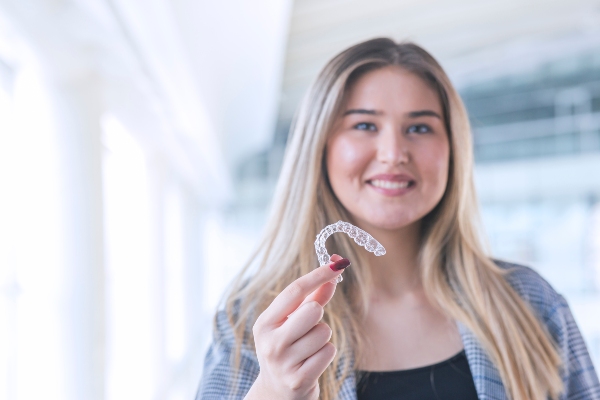How an Orthodontist Uses Stainless Steel Dental Crowns

Stainless steel dental crowns can help restore and save baby teeth. Most people are unaware of how important baby teeth are. That is why people wonder why dentists use stainless steel dental crowns to save baby teeth. If you want to know how pediatric orthodontists use these dental crowns, here are the details.
The placement of stainless steel dental crowns
Placing stainless steel dental crowns takes one dental appointment to finish. Children do not need to come back another time. Stainless steel is resistant to corrosion and staining. Stainless steel dental crowns do not need replacements or repairs anymore.
These metal caps are already prefabricated and come in various sizes. The pediatric orthodontist can customize each crown for any baby tooth. Before starting the placement, the orthodontist will use laughing gas on the child. This will relieve the child’s anxiousness about the procedure. The pediatric orthodontist will remove the decayed parts of the baby teeth. Then, the pediatric orthodontist will place the stainless steel dental crowns over them.
If the baby tooth’s infection has reached the pulp, the child will need a pulpectomy or a pulpotomy. This procedure is a root canal procedure for children. The pediatric orthodontist will then place the crowns. These restorations are durable enough to protect the child’s molars.
Parents should not let the child eat until the anesthesia wears off. This will injure the tongue, cheek, or lips. The pediatric orthodontist will prescribe over-the-counter medication if the child experiences discomfort. Placing stainless steel dental crowns protects the child’s baby teeth. It also protects the adult teeth erupting underneath it. Baby teeth will guide the adult teeth as it comes out.
Pediatric orthodontists choose stainless steel dental crowns
Stainless steel dental crowns are the most common crowns for children. Pediatric orthodontists use them on broken or decayed baby teeth. These restorations last longer than dental fillings. The durability of these crowns makes them more practical. Children do not need to go back to the dentist’s chair for crown repairs or replacements.
Pediatric orthodontists choose stainless steel dental crowns for restoring baby molars. These dental crowns reinforce the molars for intense chewing pressure. These crowns are not ideal for front teeth because of their silver color. Stainless steel dental crowns will stay in place while the child’s bite develops. These crowns will stay until the baby teeth fall out and the adult teeth erupt.
Tooth-colored restorations will be a better option for the child’s front baby teeth. The pediatric orthodontist will suggest different materials. Preparing the child for a longer time in the dentist’s chair will result in a smooth procedure. The results would be worth every second and every penny.
Stainless steel dental crowns are durable baby teeth restorations
Baby teeth need to stay in place until the adult teeth come out. These teeth serve as the guide to the growth of the adult teeth underneath. The most practical way to protect baby teeth is by placing stainless steel dental crowns on them. Talking to your dentist can prepare your child for this procedure.
Are you considering getting stainless steel dental crowns in the Reston area? Get more information at https://www.orthodonticprecision.com.
Check out what others are saying about our services on Yelp: Stainless Steel Dental Crowns in Reston, VA.
Recent Posts
Thinking about getting Invisalign®? Read on to learn some of the benefits of choosing this teeth-straightening treatment. Most people want a beautiful smile, but many people do not want to undergo teeth-straightening treatments that involve conspicuous metal braces. Fortunately, another option called Invisalign involves wearing transparent aligner trays over time to correct tooth misalignment. A…
If you are considering Invisalign® treatment for teeth straightening, you will likely want details about the process. Read on to learn about what happens during and after Invisalign treatment. When you visit the orthodontist for a consultation, they will explain the specifics of what to anticipate during and after treatment. They will also discuss using…
Considering Invisalign®? Read on to learn more about this discreet teeth-straightening treatment. Traditional metal braces are the first thing that comes to our minds when we think about orthodontic treatment. Yet, more and more people are shying away from braces because the metal wires and brackets tend to attract unwanted attention to our teeth. Invisalign…
Invisalign® clear aligner trays are not just for adults; teenagers and some children can also benefit from this treatment system. Many teens prefer Invisalign® over traditional braces because of the numerous advantages it offers, including:Discreet treatment appliancesMore comfort throughout the entire processRemovable trays for improved oral hygieneWhile wearing these trays is easy and relatively effortless,…


